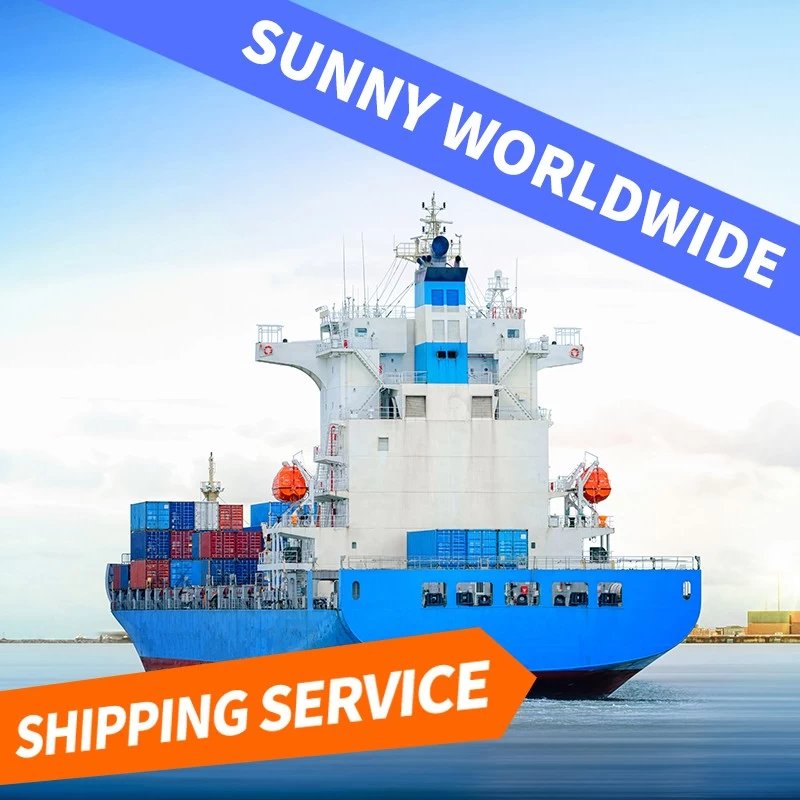Sea waybill SWB and telex release: Two different ways of picking up goods by sea
Sea Waybill (SWB) and Telex Release (Telex Release) are two different types of document processing used in the shipping industry for the transportation of goods. They play an important role in international trade and logistics, but each has its own characteristics and differences.

Sea Waybill
A sea waybill is a document that proves the contract of carriage of goods, but it is different from the traditional Bill of Lading (B/L). A sea waybill is not a document of title to the goods and therefore cannot be transferred by endorsement. This means that the consignee of the goods does not need to produce a sea waybill to pick up the goods.
A sea waybill is usually used in the following cases:
Relationship of trust: There is a relationship of trust between the buyer and the seller and there is no need for a sea waybill to ensure delivery of the goods.
Time efficiency: The use of sea waybills can speed up the delivery of goods because the consignee does not need to wait for a sea waybill to be mailed or transferred.
Simplified process: there is no need to endorse and transfer the sea waybill, simplifying the entire transportation process.
The main features of a sea waybill include:
Non-transferable and cannot be bought or sold by endorsement.
The consignee is usually appointed by the consignor, and the consignee takes delivery of the goods with identification.
The use of sea waybills improves transportation efficiency and reduces document processing time.
Telex Release
Telex release is another way to simplify the delivery process. In telex release operations, the carrier notifies the agent at the port of destination by telegram, fax or E-mail, allowing the consignee to take delivery of the goods with identification or other appropriate documents, without the need to produce the original bill of lading. Telex release is usually used in the following situations:
Emergency: When the goods are about to arrive at the port of destination and the bill of lading has not reached the consignee, telex release can be used.
Trust relationship: There is a trust relationship between the buyer and seller or between the consignee and the consignor, and no bill of lading is required to ensure delivery of the goods.
Streamline the process: Telex release speeds up the delivery of goods and reduces document processing time.
The main features of telex release include:
Notify the agent of the port of destination to release goods by electronic means.
The consignee does not need to wait for the original bill of lading, and can pick up the goods with identification or other documents.
Telex release operation improves transportation efficiency and reduces document processing time.
The difference between sea waybill and telex release
While both waybills and telex releases aim to simplify the delivery of goods, there are some key differences between them:
Document type: Sea waybill is a transportation document, while telex release is an operating process.
Transfer of documents: Sea waybills are not negotiable, while traditional bills of lading can be transferred by endorsement.
Security: Since sea waybills are non-transferable, they may in some cases be considered more secure than telex releases, which rely entirely on the relationship of trust between the carrier and the consignee.
How it works: Telex releases rely on electronic communications, while a sea waybill is an actual document, although it is not used to pick up the goods.
In general, both waybills and telex releases are designed to improve the efficiency of cargo transportation, but they differ in document type, transferability, security and mode of operation. In practice, the choice between using a sea waybill or telex release depends on the needs of the buyer and seller, the level of trust, and the requirements for transportation efficiency.
Sunny Worldwide Logistics has more than 20 years of freight forwarding history,and over half of staffs working in Sunny about 5-13years.Emergency solutions must be offered with 30 minutes if any. You may not find other companies like us in Shenzhen.